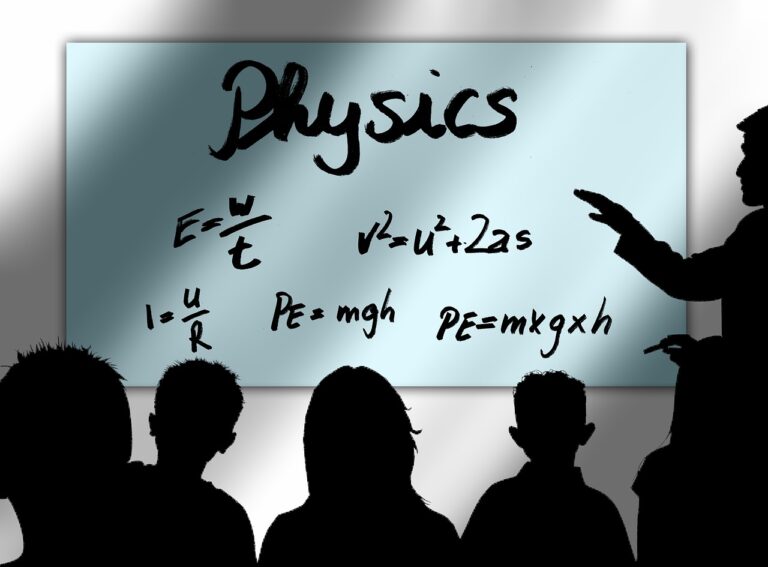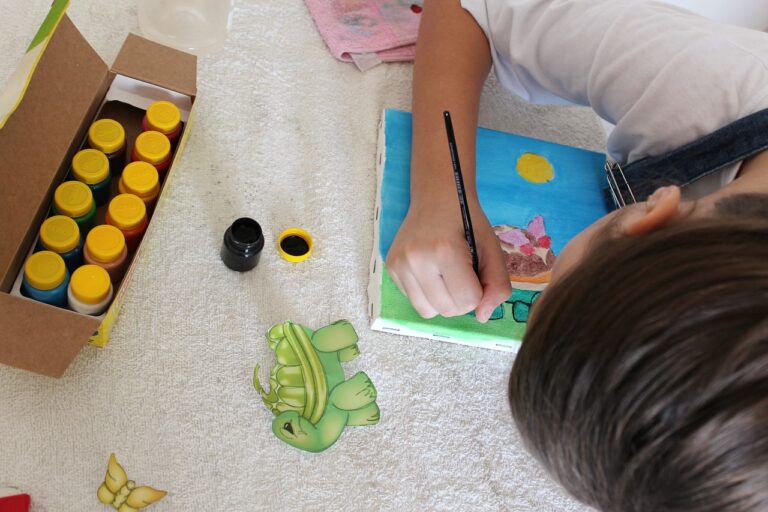How to Develop Effective Study Skills for Students
When it comes to learning, individuals may have different preferences and ways of processing information. These differences in learning styles can greatly impact how effectively someone grasps new concepts. Some people may thrive in visual learning environments, where diagrams, charts, and images help them understand better. On the other hand, auditory learners may prefer listening to spoken explanations or participating in group discussions to absorb information effectively.
Moreover, there are kinesthetic learners who learn best through hands-on experiences and physical activities. For this group, movement and tactile engagement play a crucial role in solidifying their understanding of new material. By acknowledging and catering to these various learning styles, educators and facilitators can create a more inclusive and engaging learning environment that benefits all individuals, regardless of their preferred learning style.
Setting Clear Goals and Objectives
When embarking on any project or endeavor, it is essential to establish clear goals and objectives from the outset. Setting specific goals helps provide direction and focus, ensuring that efforts are aligned towards achieving desired outcomes. Objectives serve as the roadmap, outlining the steps necessary to reach milestones and measure progress along the way.
Clear goals and objectives not only offer clarity to individuals or teams but also serve as a motivational factor. When targets are well-defined, it becomes easier to track achievements and stay motivated throughout the journey. Additionally, having a clear set of goals encourages accountability and helps in evaluating the success of the project or task at hand.
Why is it important to understand different learning styles?
It is important to understand different learning styles because individuals have different ways of processing information and learning. By understanding these styles, you can tailor your teaching or training methods to effectively reach and engage all types of learners.
How can setting clear goals and objectives enhance learning outcomes?
Setting clear goals and objectives provides a clear direction for both the learner and the instructor. It helps to focus efforts, measure progress, and track achievements. Clear goals and objectives also motivate learners by giving them a sense of purpose and accomplishment.
What are some tips for setting clear goals and objectives?
Some tips for setting clear goals and objectives include making them specific, measurable, achievable, relevant, and time-bound (SMART). It is also important to communicate these goals and objectives clearly to all parties involved and regularly monitor progress towards them.
How can I determine the most effective learning style for an individual?
To determine the most effective learning style for an individual, you can use learning style assessments or observations. Pay attention to how the individual prefers to receive information, process it, and demonstrate their understanding. You can also ask the individual directly about their preferred learning style.





